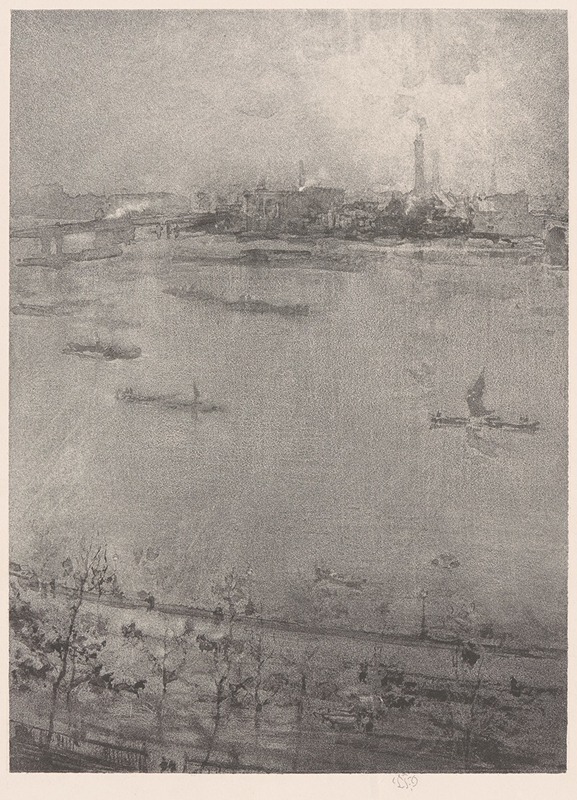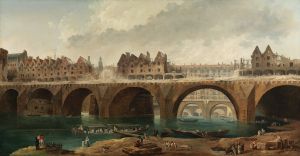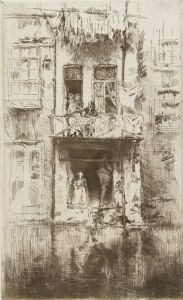
The Thames
A hand-painted replica of James Abbott McNeill Whistler’s masterpiece The Thames, meticulously crafted by professional artists to capture the true essence of the original. Each piece is created with museum-quality canvas and rare mineral pigments, carefully painted by experienced artists with delicate brushstrokes and rich, layered colors to perfectly recreate the texture of the original artwork. Unlike machine-printed reproductions, this hand-painted version brings the painting to life, infused with the artist’s emotions and skill in every stroke. Whether for personal collection or home decoration, it instantly elevates the artistic atmosphere of any space.
James Abbott McNeill Whistler was an American artist known for his distinctive style and significant contributions to the art world during the late 19th century. One of his notable works is "The Thames," which is part of a series of paintings and etchings that Whistler created, capturing the essence of the River Thames in London. Whistler's fascination with the Thames was part of his broader interest in the atmospheric effects of urban landscapes, and he often depicted the river in various moods and times of day.
"The Thames" series is characterized by Whistler's innovative use of color and composition, which marked a departure from the more detailed and realistic depictions of the river by his contemporaries. Instead, Whistler focused on the mood and atmosphere, using a more impressionistic approach that emphasized the play of light and shadow on the water. This approach was influenced by his exposure to the works of the French Impressionists, as well as his own interest in Japanese art, which is evident in the simplicity and elegance of his compositions.
Whistler's depictions of the Thames were not limited to paintings; he also produced a series of etchings known as the "Thames Set." These etchings were created in the early 1870s and are considered some of his finest works in this medium. The "Thames Set" captures various scenes along the river, including views of bridges, docks, and the bustling activity of the port. The etchings are noted for their intricate detail and the way they convey the vibrancy and dynamism of the river as a central artery of London life.
One of the most famous paintings from this series is "Nocturne: Blue and Gold – Old Battersea Bridge," which exemplifies Whistler's nocturne style. In this work, Whistler used a limited palette of blues and golds to create a serene and almost dreamlike vision of the Thames at night. The painting captures the quiet beauty of the river, with the silhouette of Battersea Bridge set against a softly glowing sky. This work, like many of Whistler's nocturnes, was intended to evoke a sense of tranquility and contemplation, inviting viewers to experience the subtle beauty of the urban landscape.
Whistler's work on the Thames was not only artistically significant but also played a role in the broader cultural and social context of the time. His depictions of the river challenged traditional notions of landscape painting and contributed to the evolving dialogue about the role of art in capturing modern life. Whistler's emphasis on mood and atmosphere over precise detail was a precursor to the later developments in modern art, and his work on the Thames remains influential to this day.
Overall, James Abbott McNeill Whistler's "The Thames" series is a testament to his innovative approach to art and his ability to capture the essence of a place through his unique vision. His work continues to be celebrated for its beauty, technical skill, and its contribution to the evolution of modern art.


















